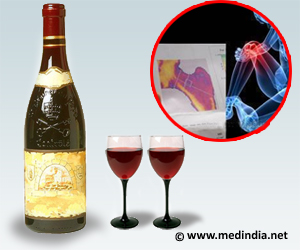By adolescence, bones know that they need to stop growing longer and stronger and from that point on, they need to keep their shape by healing injuries.

The team discovered that a certain subset of cartilage-making cells, known as chondrocytes, replicate themselves, make other bone cells and drive bone growth--findings that could lead to new treatments for children with facial deformities who normally have to wait until adulthood for corrective surgery.
The study by Dr. Noriaki Ono, U-M assistant professor of dentistry, and colleagues will appear online Nov. 24 in Nature Cell Biology.
It's long been thought that these chondrocytes die when children reached adolescence and their bones stopped growing, Ono said. However, the fact that bone still heals itself even without chondrocytes caused intense debate among researchers.
Ono's group found that some chondrocytes don't die, but rather transform themselves into other types of bone-growing and bone-healing cells.
"Up until now, the cells that drive this bone growth have not been understood very well. As an orthodontist myself, I have special interest in this aspect, especially for finding a cure for severe bone deformities of the face in children," he said. "If we can find a way to make bones that continue to grow along with the child, maybe we would be able to put these pieces of growing bones back into children and make their faces look much better than they do."
Advertisement
Many factors cause craniofacial deformities, and all are devastating to children, he said. In children with Goldenhar syndrome, underdeveloped facial tissues can harm the developing jawbone. Another bone deformity called deformational plagiocephaly causes a child's head to grow asymmetrically.
Advertisement












